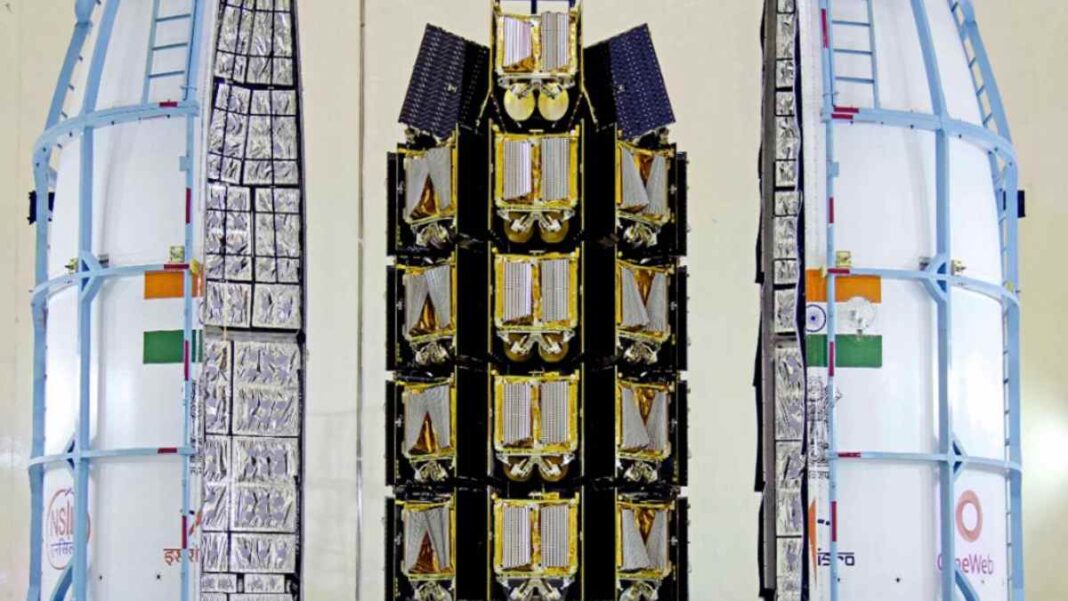INDIA: The Indian Space Research Organization (ISRO) is set to conduct a challenging experiment of controlled re-entry of a decommissioned low-Earth orbit satellite, Megha-Tropiques-1 (MT1), on March 7.
This satellite was launched in 2011 as a joint venture of ISRO and the French space agency CNES to study tropical weather and climate.
Although the satellite’s original mission life was only three years, it continued to provide valuable data services for over a decade, until 2021.
It is advised to deorbit an LEO (low earth orbit) object at its end-of-life (EOL), preferably through controlled re-entry into a safe impact zone, or by bringing it to an orbit where the orbital lifetime is less than 25 years, according to the UN/IADC (Inter-Agency Space Debris Coordination Committee) space debris mitigation guidelines.
Furthermore, “passivation” of the onboard energy sources is advised to reduce the possibility of any accidentally breaking apart after the mission.
The orbital lifetime of MT1, which weighs about 1,000 kilograms, would have been more than 100 years in its operational orbit of 867 km altitude.
However, about 125 kg of onboard fuel remained unutilized at its end-of-mission, which could have posed risks for an accidental break-up.
It was determined that the remaining fuel would be enough to achieve a properly controlled atmospheric re-entry and impact an unpopulated area in the Pacific Ocean.
Deorbiting to extremely low altitudes is required for controlled re-entries to make sure the impact occurs inside a predetermined safe zone.
The practise was particularly difficult because MT1 was not intended for EOL operations through controlled re-entry.
The limitations of the outdated satellite’s on-board design added to these difficulties. Operational complexity was increased by the need to sustain subsystems in harsher environmental conditions at orbital velocities far lower than those initially intended and the loss of redundancy and performance in some systems.
To overcome these challenges, the operations team implemented innovative workarounds based on the study, deliberations, and exchanges among the mission, operations, flight dynamics, aerodynamics, propulsion, controls, navigation, thermal, and other subsystem design teams across the ISRO centres. The team worked in synergy to surmount these challenges.
The Pacific Ocean’s uninhabited region between 5 and 14 degrees south latitude and 119 and 100 degrees west longitude was chosen as MT1’s intended re-entry zone.
18 orbital manoeuvres have been carried out since August 2022 to gradually reduce the orbit. To better understand how atmospheric drag affects the satellite’s orbital decay, aero-braking investigations at various solar panel orientations were conducted in between the de-orbiting process.
The ground impact and the final two de-boost burns are anticipated to occur on March 7 between 16:30 and 19:30.
According to simulations, no significant satellite fragments are predicted to survive the aerothermal heating during the re-entry.
The statement read, “As a responsible space agency dedicated to safe and sustainable operations in space, ISRO proactively takes measures for improved compliance with the UN/IADC space debris mitigation recommendations on post-mission disposal of LEO objects.”
The statement further added, “As part of ongoing efforts, the re-entry experiment of MT1 was carried out because this satellite, which had enough fuel left over, offered a rare chance to test the pertinent methodologies and comprehend the operational nuances of post-mission disposal by direct re-entry into the Earth’s atmosphere.”
Also Read: ISRO Successfully Tests Cryogenic Engine of Chandrayaan-3



